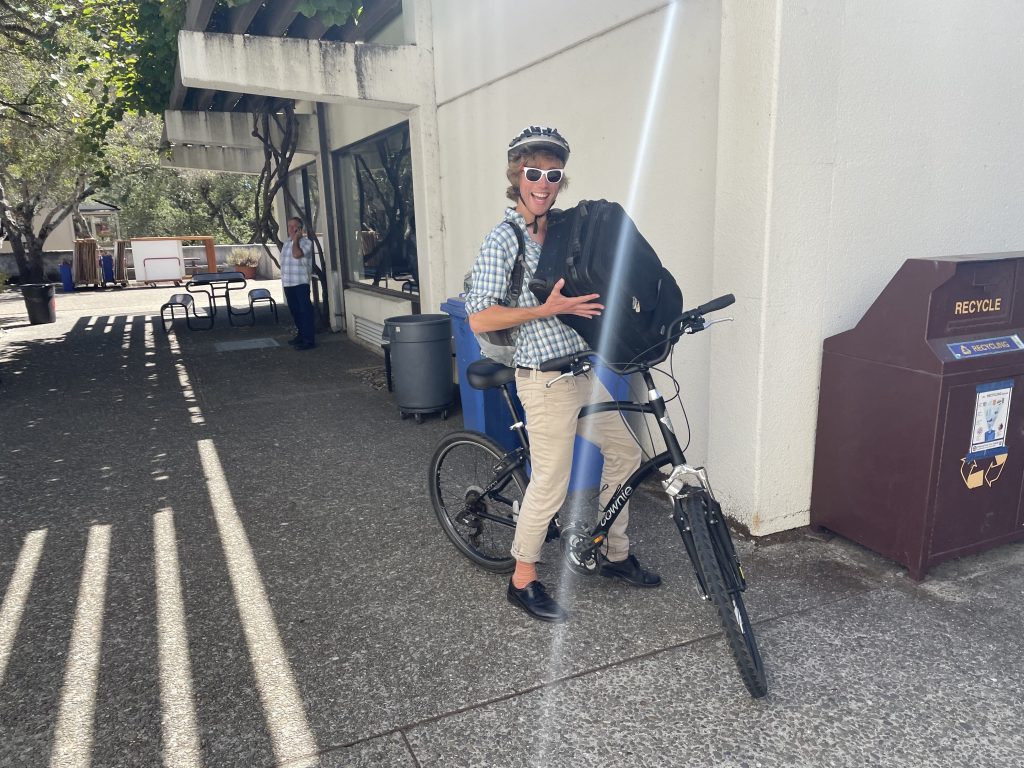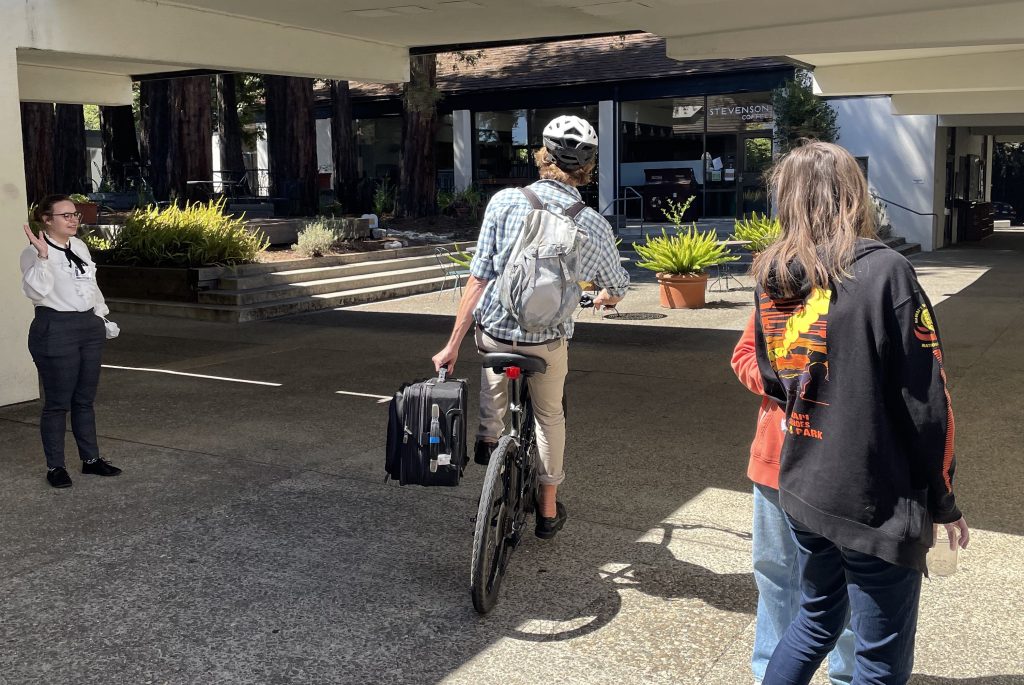Summer school posts were delayed due to blog server space, but we’re back with recap blogs!
It’s summer camp season. The older you get, the harder it gets to secure a summer full of bunk-bed living, bug spray, buffet lunches, and late night card games. The folks at Santa Cruz gave us a pretty wonderful approximation, chock full of AO knowledge to boot.
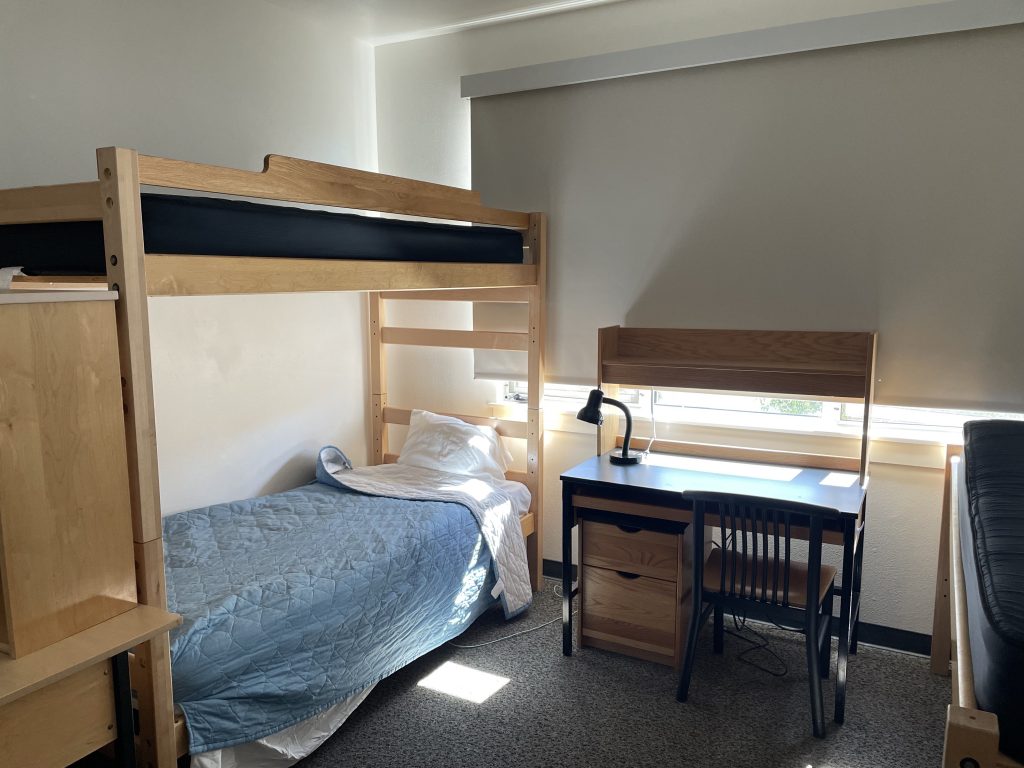
All last week we started our days in campus apartments, wandered to breakfast in the nearby dining hall, and then took the short walk to the conference center. All in the idyllic redwood forest of Santa Cruz, of course.
![Actual talk section title "Oz [as in the wizard] vision"](https://xwcl.science/wp-content/uploads/2022/08/AO-eye-talk-1024x704.jpg)
Possibly one of the most exciting part of the summer school was the vision science talks. The first two days we took deep dives on AO generically and AO for astronomers. The third day, we got the rundown on resolving the cells of our eyes, sorting by color receptor, and exciting them individually to mimic colors independent of the excitation laser.
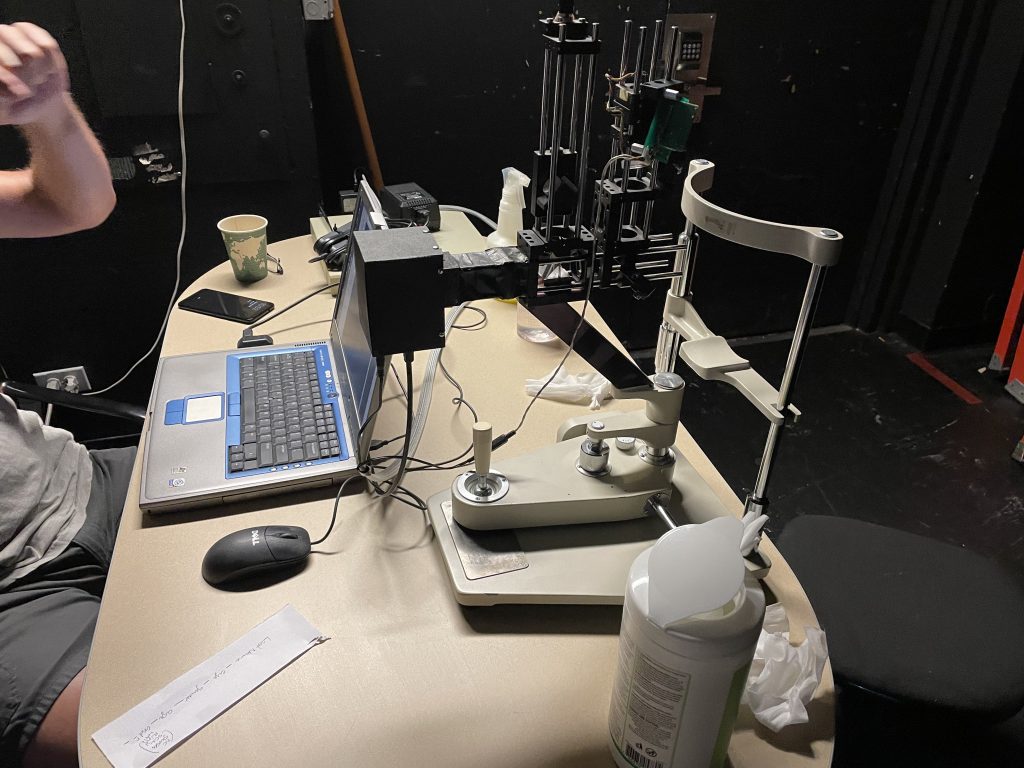
We got the opportunity to measure the aberrations in our own eye! In real time Professor Austin Roorda was able to map the distortion in the SH and tell participants the magnitude of each Zernike polynomial. Of special interest were those of us who had glasses, where he was able to get uncannily close to their true prescription (from the focus term). He’s been teaching at the summer school since its inception in the early 2000’s
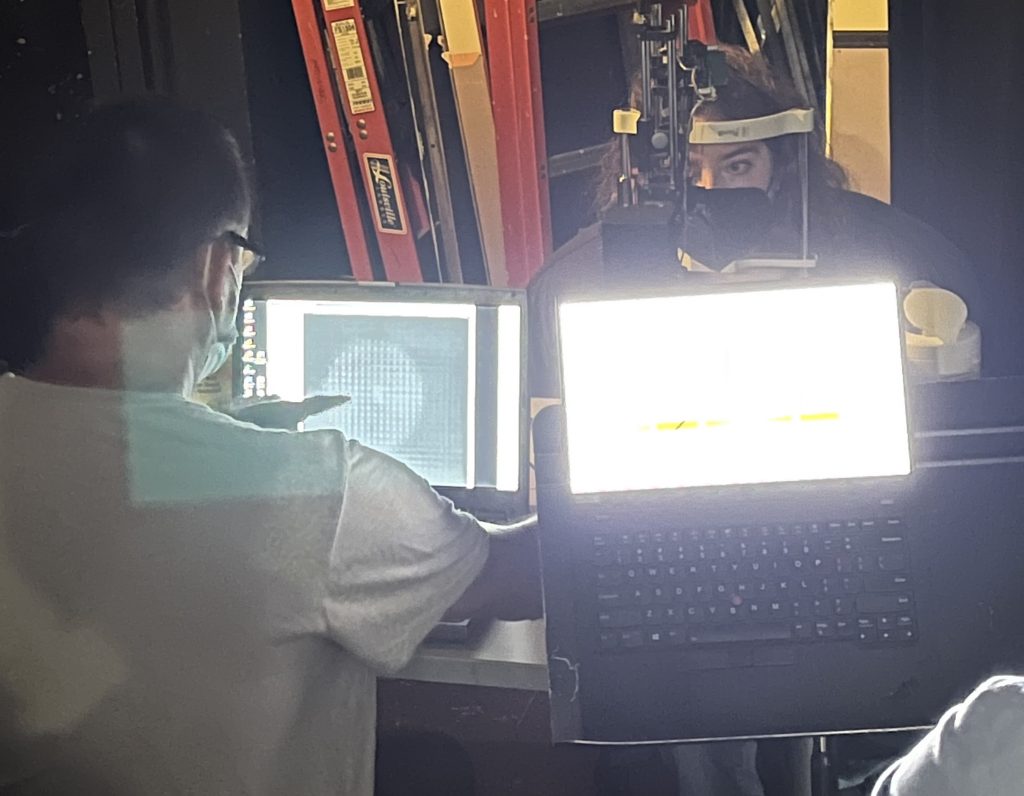
In the lab section of the day, after lunch, we were lucky enough to get to see the aberrations in our own eyes. There were a few sized pupils we could check against, and we could convolve the distorted PSF with letters to check our vision.
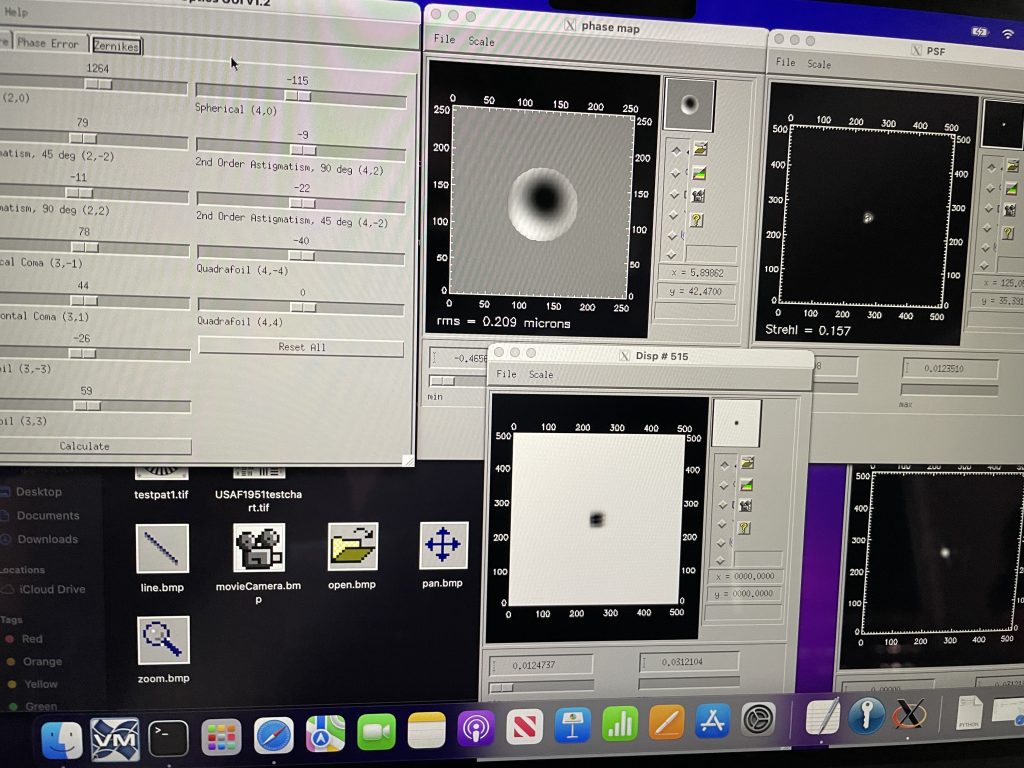
We also got to see a bare-bones AO bench, where we closed the loop and inserted a turbulence screen. They trusted us enough to take out some lenses and have us put it back together again. Even for those of us with experience in labwork, it’s still a treat to get to investigate a system with minimal hazard to research deadlines.
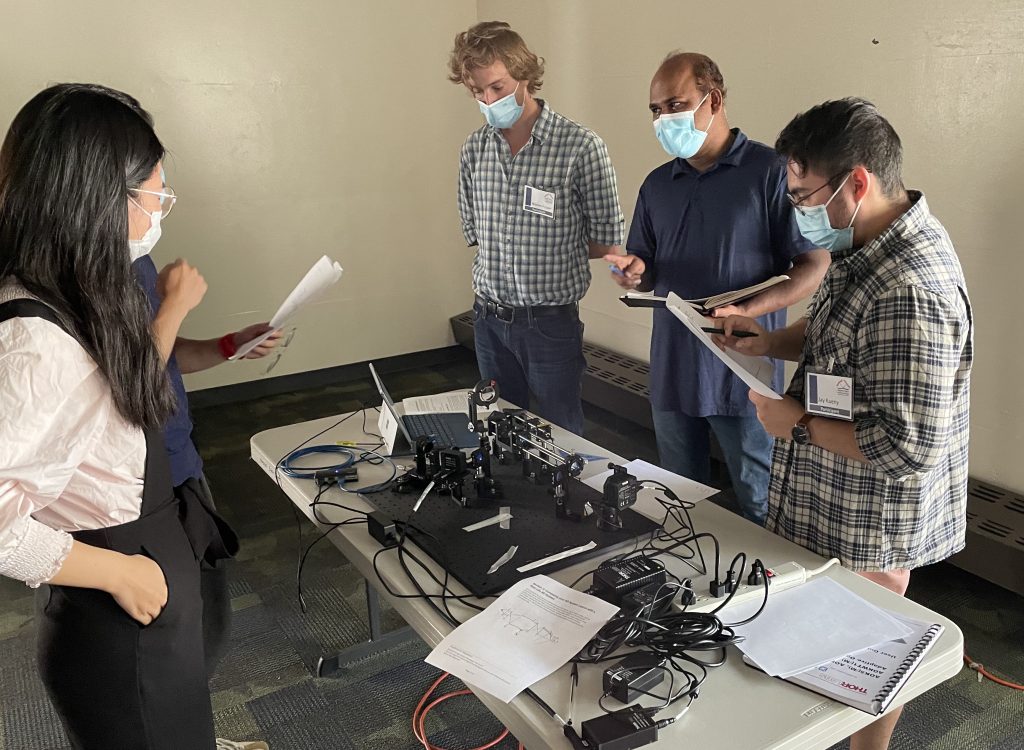
On the last day, after some exciting HCIPy talks and hands on work, we were treated to a much anticipated event, the Visual Optics Awards! Catagories included the Thirty Meter Telescope award for largest pupil, The Hubble Space Telescope Award for the poorest optics, and a medal ceremony for best RMS WFE after defocus and astigmatism correction.
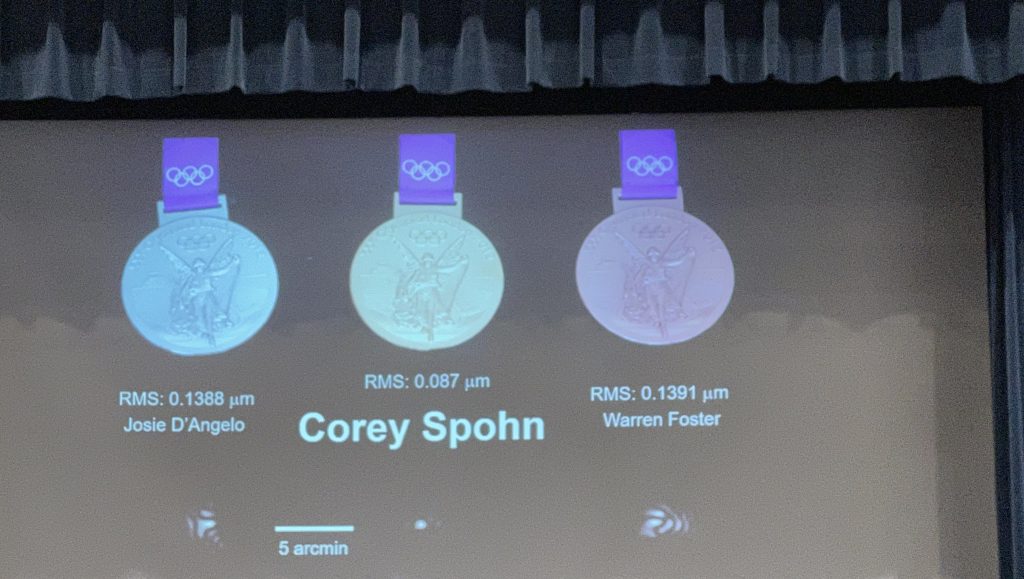
Suffice to say, the week was over too quickly. A huge thank you to the organizers at UCSC and CfAO! I learned more than I thought I would, have many foundational papers to start reading up on, and a whole new community of AO enthusiasts to look forward to at future conferences. Hopefully I will be back at some point to help out! For now, I’ll be fondly remembering Santa Cruz with all my sunset beach photos.
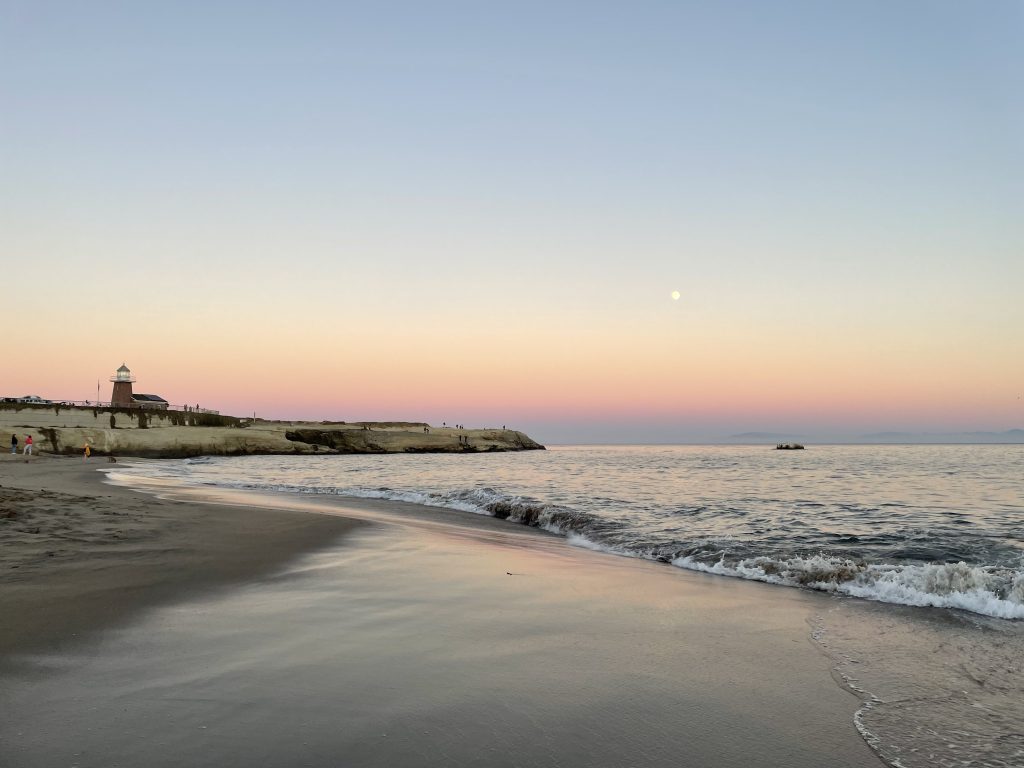
Song of the Post: Home by the Sea by Genesis
Bonus: Warren wheeling away on our last day.
